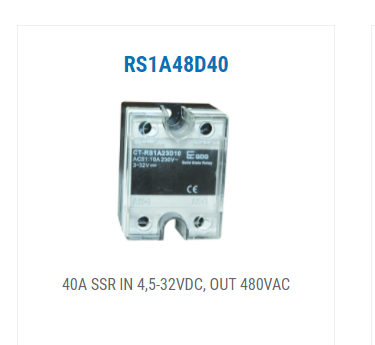Sean_SA
Well-Known Member
- Joined
- May 24, 2020
- Messages
- 46
- Reaction score
- 6
Firstly, let me apologise as I am sure this type of thread comes up often, and I am happy to be directed to a thread that will answer all my questions.
So I am in the costing and planning phase for a 200L eHerms system
Elements
My first question is regarding the heating elements. From what I have read, 2 x 5500w elements per vessel will do the job for a 200L system. Is that correct? Could I go with 1 x 5500w element in the HLT and 2 x 5500w in the kettle? Or would it be best to have 2 x 5500w elements in the HLT as well.
Alternatively, could I get away with sticking 2 x 4000w elements in place of the 2 x 5500w? Making a total of 8000w per vessel. 4000w elements are easy to come by here in South Africa but I would have to import 5500w hence me asking.
Control Panel
This I hope to be putting together myself as well but my electrical knowledge is limited so I just want to clarify a few things.
Does every single heating element in the system require its own contactor and SSR?
When I look at SSR options from a local retailer they have so many different options for a 40A SSR. What are the key specifications I should be looking at with SSR's to ensure I choose the correct one's?
Thanks in advance guys appreciate it.
So I am in the costing and planning phase for a 200L eHerms system
Elements
My first question is regarding the heating elements. From what I have read, 2 x 5500w elements per vessel will do the job for a 200L system. Is that correct? Could I go with 1 x 5500w element in the HLT and 2 x 5500w in the kettle? Or would it be best to have 2 x 5500w elements in the HLT as well.
Alternatively, could I get away with sticking 2 x 4000w elements in place of the 2 x 5500w? Making a total of 8000w per vessel. 4000w elements are easy to come by here in South Africa but I would have to import 5500w hence me asking.
Control Panel
This I hope to be putting together myself as well but my electrical knowledge is limited so I just want to clarify a few things.
Does every single heating element in the system require its own contactor and SSR?
When I look at SSR options from a local retailer they have so many different options for a 40A SSR. What are the key specifications I should be looking at with SSR's to ensure I choose the correct one's?
Thanks in advance guys appreciate it.




